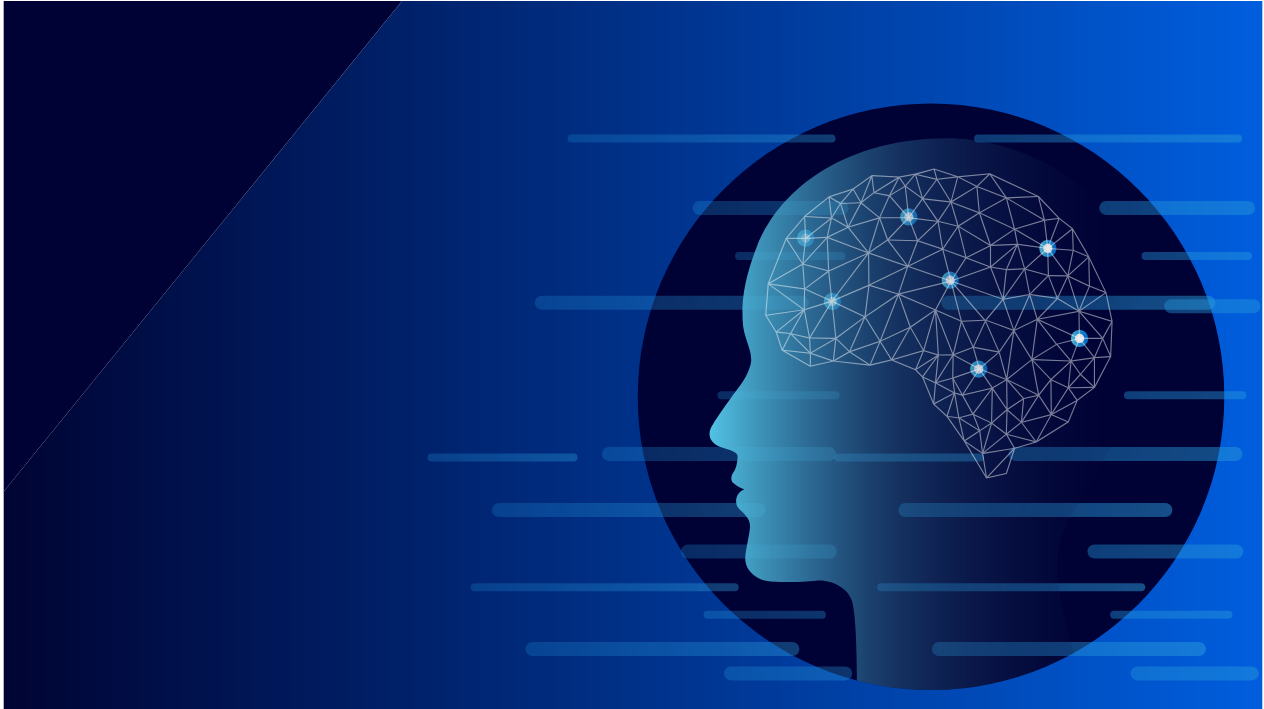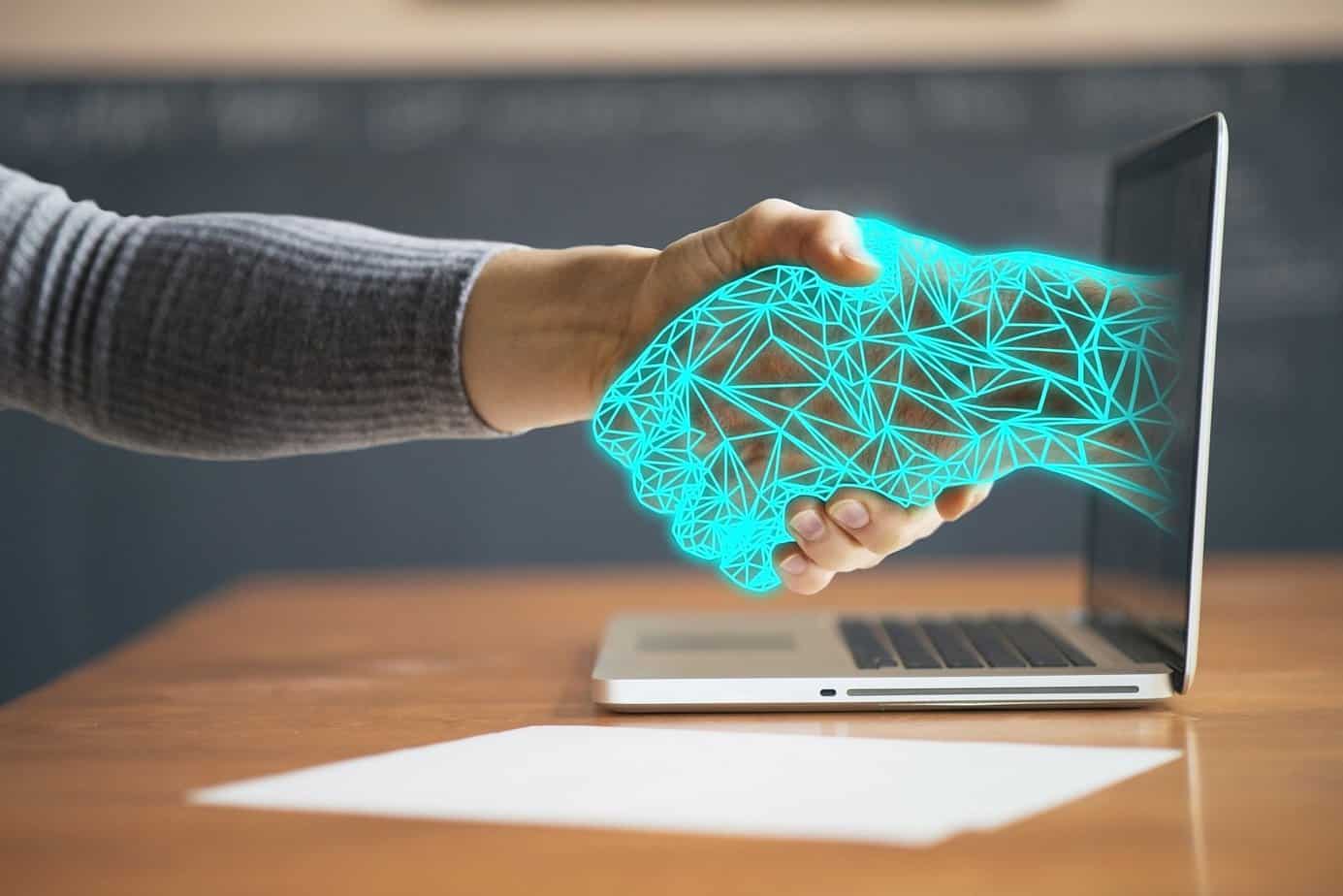What is cognitive computing?
Cognitive computing is a branch of computer science that tries to imitate human mental processes, including perception, learning, and reasoning. It analyzes a sizable quantity of data and applies various artificial intelligence, machine learning, natural language processing, and other approaches to provide forecasts, suggestions, and judgments.
Cognitive computing systems are often used in customer service, fraud detection, financial analysis, healthcare, and security applications. Additionally, they may be utilized to create conversational interfaces like chatbots and virtual assistants that speak with humans more naturally and intuitively.
Cognitive computing aims to create machines that can adapt to new situations and learn much as people can. These technologies may solve complex issues and generate more accurate projections, allowing firms to make better decisions and perform better overall.
How does cognitive computing work?
Cognitive computing simulates how the human brain works using artificial intelligence (AI) techniques, including machine learning and natural language processing. It requires creating computer systems that can learn new things and adapt to strange settings in a way that resembles how humans think.
The underlying idea behind cognitive computing is to make algorithms and software that can interpret and analyze complex data sets, uncover patterns and connections, and make decisions based on that knowledge. These systems are made to learn from experience and improve over time.
The cognitive computing process involves several significant phases, such as:
- Gathering and storing information from multiple sources, including sensors, social media, and corporate databases, is known as data intake.
- Natural language processing (NLP) is a method that is applied to unstructured data, such as text, audio, or video, to process and extract essential information.
- Using statistical models and algorithms, the machine learning approach examines data to identify trends and associations.
- Reasoning and decision-making: The system may make decisions based on the knowledge it has gained from its data analysis.
Services like customer support, fraud detection, medical diagnosis, and financial analysis are all applications for cognitive computing systems. These tools are designed to work alongside human specialists, improving their skills and guiding them toward more insightful decisions.
What is the difference between cognitive computing and artificial intelligence?
Artificial intelligence (AI) and cognitive computing are distinct concepts that share similarities. A branch of artificial intelligence called “cognitive computing” was developed to mimic human cognitive processes, including learning, thinking, and problem-solving. It aims to create more human-like systems in their ability to absorb and evaluate complex data.
While decision-making, speech recognition, and image interpretation are only a few tasks that often need human intelligence, artificial intelligence is a more general phrase encompassing a range of techniques and technologies.
While AI is a more general phrase encompassing several techniques for creating intelligent robots, cognitive computing primarily focuses on replicating human thinking processes. The significant difference between cognitive computing and AI is this. Another distinction between cognitive computing technologies companies and AI is that, while cognitive computing emphasizes using machine learning and natural language processing techniques to improve robot comprehension and human-robot interaction, AI can embrace a broader range of techniques and approaches for building intelligent systems.
Current Developments in Cognitive Computing
Cognitive computing, a branch of artificial intelligence, tries to automate processes, including natural language processing, pattern recognition, and decision-making processes. Over the past several years, there have been several exciting developments in cognitive computing, some of which are highlighted below:
- Deep Learning: A type of machine learning called “deep learning” utilizes neural networks to analyze data and learn new things. It has developed into a crucial component of cognitive computing due to its capacity to assist machines in recognizing patterns, making predictions, and even producing content.
- Natural Language Processing (NLP) attempts to enable robots to understand and respond to human language. NLP is a branch of cognitive computing. The emergence of chatbots, virtual assistants, and other conversational AI systems, which have increased robots’ comprehension of human language, has been made possible by recent advancements in NLP.
- Cognitive Computing in Healthcare: Cognitive computing transforms the healthcare industry by enabling physicians and other healthcare workers to make better judgments. For instance, IBM’s Watson for Oncology provides personalized therapeutic recommendations for cancer patients after evaluating their medical information.
- Cognitive Computing in Finance: The financial industry is also embracing cognitive computing to improve decision-making and reduce risk. Banks and other financial organizations use cognitive computing systems to analyze data, detect fraud, and provide investment guidance.
- Augmented reality: Digital information is projected onto the real world using augmented reality (AR). Cognitive computing systems can now provide users with real-time data and guidance because of recent AR technology advancements, making them valuable tools in industries like manufacturing and logistics.
Overall, cognitive computing is still being developed and has many applications. We may expect many more exciting advancements in this field as technology advances.
Players in Cognitive Computing You Must Know
The emerging discipline of cognitive computing uses artificial intelligence, machine learning, natural language processing, and other technologies to enable human-like interactions with machines. As a result, several companies and organizations are now engaged in this effort. Some of the leading names in cognitive computing include the ones listed below:
- IBM: IBM, one of the industry leaders in cognitive computing, has developed its Watson system. Watson can understand the common language, analyze vast amounts of data, and provide interpretation.
- Microsoft: Microsoft has created its cognitive computing system with Azure Cognitive Services, which provides several APIs for developers to construct cognitive apps.
- Google: Google has also developed Google Cloud AI, a cognitive computing platform that provides several services for machine learning and natural language processing.
- Amazon: Amazon has developed Amazon AI, a cognitive computing platform that provides a range of machine learning capabilities, including image and natural language processing.
- Intel: Intel has developed several hardware and software solutions for cognitive computing, including the USB gadget called the Neural Compute Stick, which provides a low-power AI processing alternative.
- NVIDIA: NVIDIA is a leading manufacturer of graphics processing units (GPUs), widely used in cognitive computing and machine learning applications.
- CognitiveScale: A firm that provides a range of cognitive computing solutions, the Cortex platform from CognitiveScale enables businesses to develop cognitive apps.
- Infosys: This global provider of IT and consulting services also provide a range of cognitive computing solutions, such as the Mana platform, designed to automate repetitive tasks.
Conclusion
There is no area of technology or business where cognitive computing cannot be applied, especially with other potential applications in almost every industry. So far, it has made mental actions quicker and more precise than human beings.
In more than half of the business sectors, plenty of examples of cognitive computing are already in use. There is no question that as it expands, it will also devour every field.
This makes it crucial for everyone to comprehend the changes brought on by cognitive computing. We hope that this in-depth tutorial on cognitive computing has assisted you in doing so.









